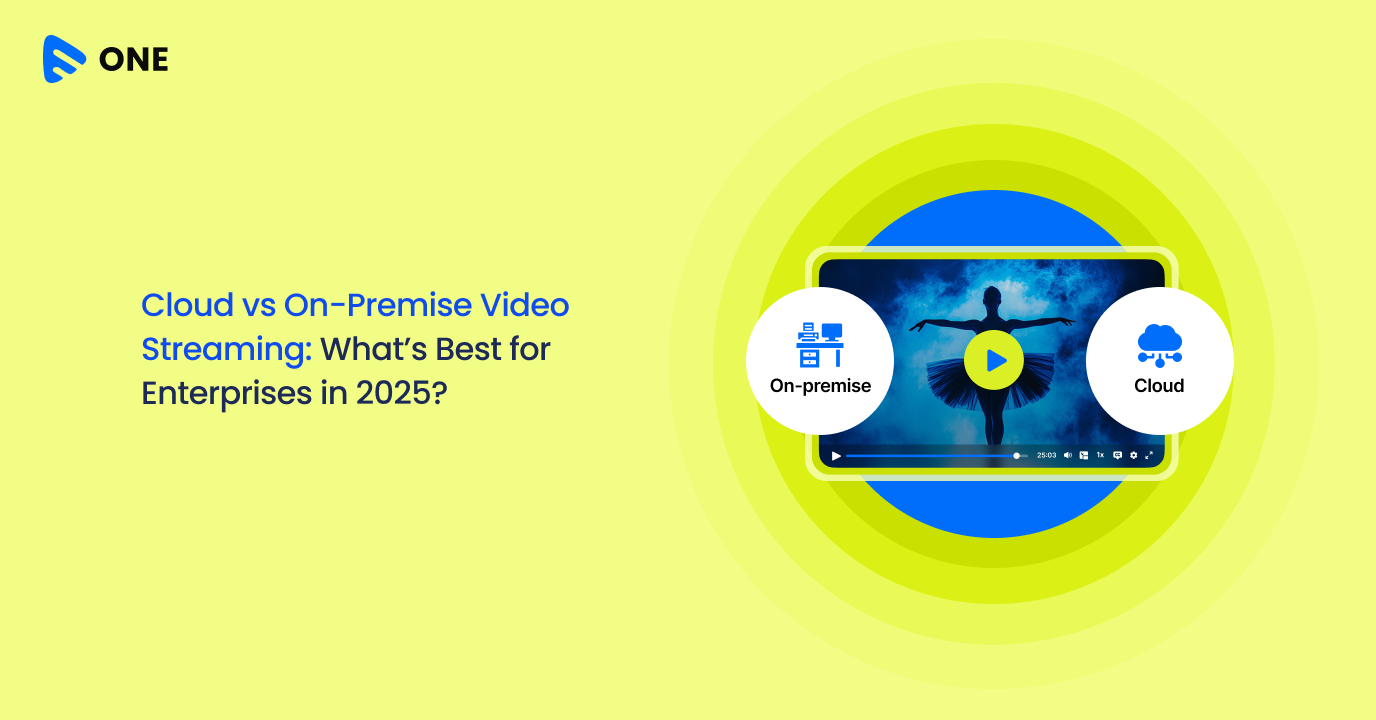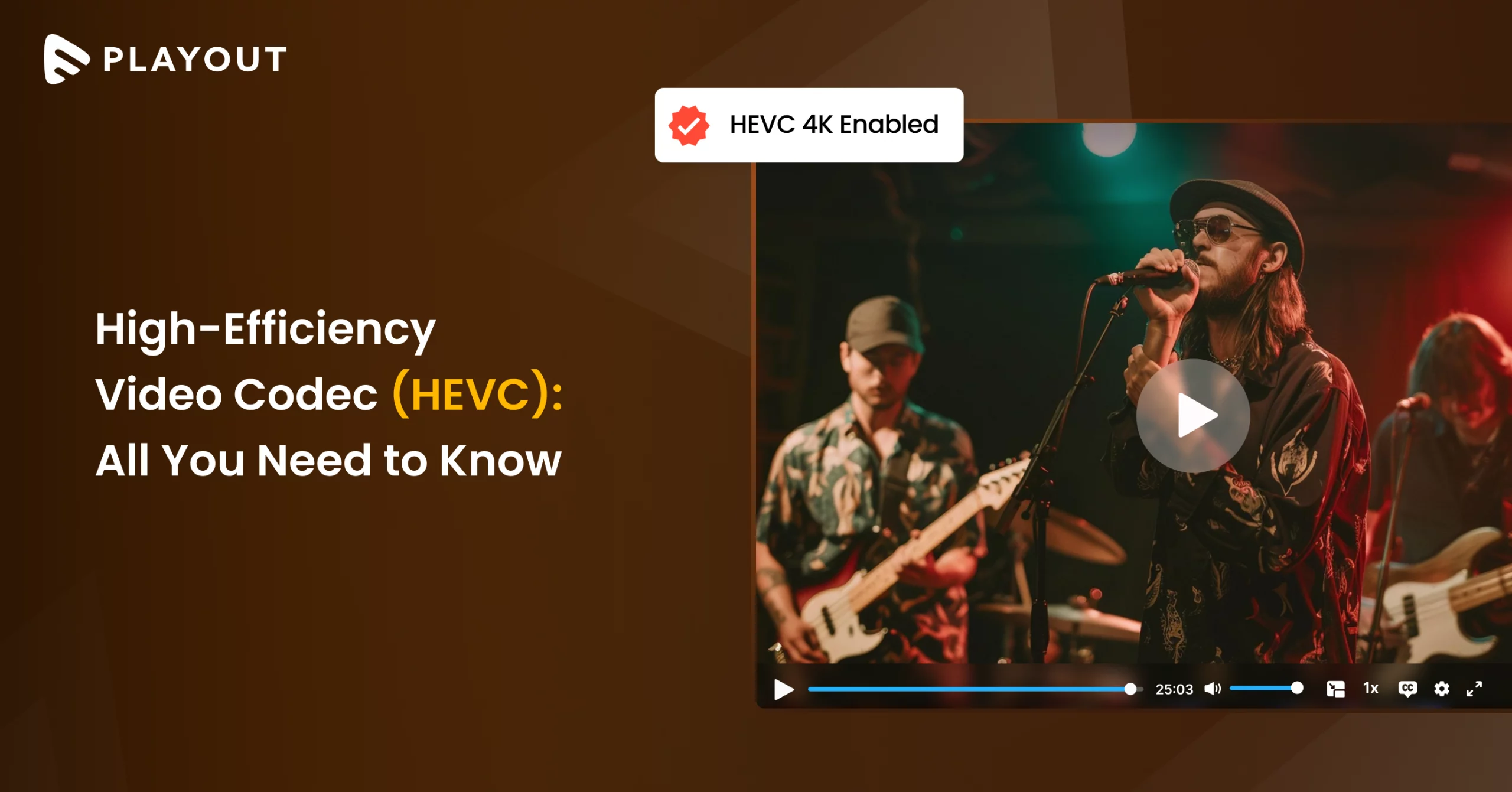Written by: Soumya Sekhar
Ever wondered why Facebook, Twitter, and YouTube are among the most visited domains in the world? If you said it’s because of their content volume, you’re most likely right. But if you were to compute how much of that content was created/acquired by these companies, you’d probably get an answer close to zero. Yet these sites cumulatively attract more than 3 billion users/viewers/listeners/readers each day to visit their site and consume content that they do not own.
That’s the power of Consumer Generated Media (CGM) or as we commonly refer to as User Generated Content (UGC). UGC could mean any form of content such as video, blogs, digital images, audio files, and other forms of media that were created by consumers or end-users of an online service and is publically available to others consumers and end-users.
Muvi has taken this up on its platform and allows end users to create and upload self-created content. So, customers building their streaming service on Muvi can now create a shared environment for their subscribers and end users to upload their own content. This is a powerful feature using which platform owners can get valuable content on board and use it to enhance user engagement and monetize it.
Building your streaming service on Muvi, you can allow end users to create and add content as individuals. Any user can upload a video content and publish it on your streaming platform.
At the same time, the path to uploading self-generated content cannot be a highway for end users. It needs to be regulated, otherwise, platform owners will end up incurring heavy storage and bandwidth costs to sustain the streaming service.
Therefore, service owners can moderate content uploads from users by designating an Admin. The Admin can review all user-generated content, check for adherence to relevant guidelines, and then allow or disallow the upload. Only then, the end user can proceed to publish the content.
Platform owners can not only tag and categorize their own content library but also structure the same for user-generated content. As and when an end user requests an upload on the streaming platform, they can be prompted for filling in vital metadata such as content category (genre, short-form, long-form, multi-part, single-part, etc.), meta tags, meta-descriptions, etc. This way user-generated content stays organized on the platform and more importantly remains discoverable.
Just like “My Favorites” and “My Library” end users can also have a “My Uploads” section. Platform owners can enable this section for users (uploaders) to have a quick look at all the content that they have published on their streaming site.
Platform owners can also monetize user-generated content published by end users. UGC can be included in the existing subscription plans or PPV plan and be sold to other consumers. They may also consider the option of compensating the uploader for the end user’s contribution to their library.
Enabling User-generated Content is a great way to earn goodwill for a streaming platform because the platform itself encourages end users to create content and then carries their content for the rest of the world to consume it. This is a potent way to empower end users and make them fall in love with their streaming service. To be able to create their own content and publish it online surely would impart a satisficing sense of liberation and accomplishment to the end users, and at the same time empowers streaming business owners to build online content libraries as similar and as huge as YouTube.















Add your comment